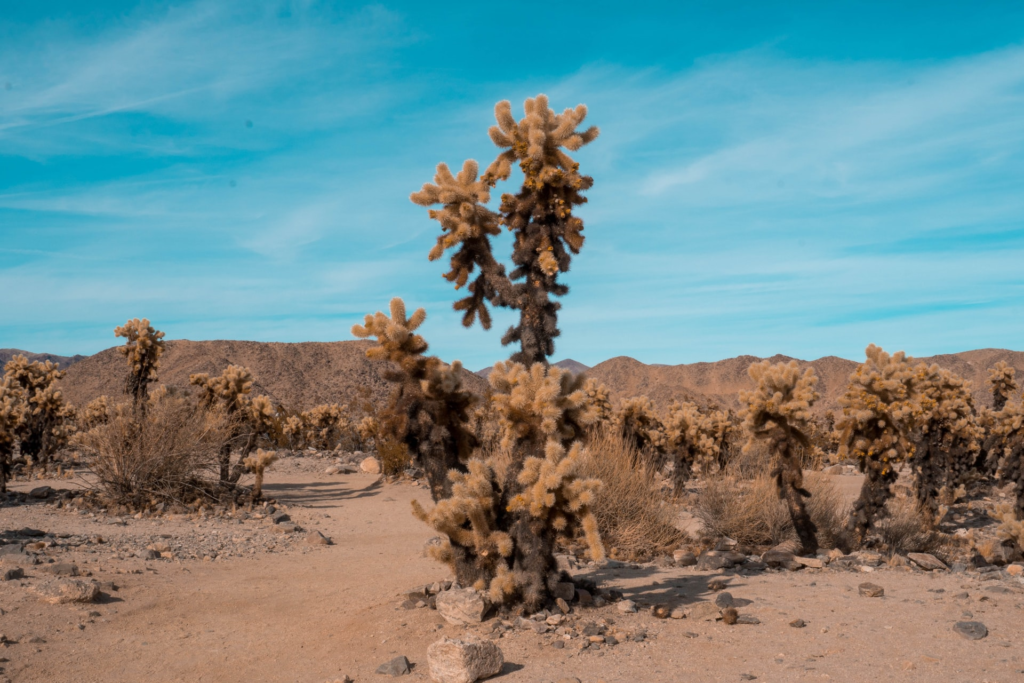http://www.bbc.co.uk/nature/adaptations
Adaptations help organisms survive in their ecological niche or habitat; adaptations can be anatomical, behavioural or physiological.
Anatomical adaptations are physical features such as an animals shape. Behavioural adaptations can be inherited or learnt and include tool use, language and swarming behaviour. Physiological adaptations include the ability to make venom; but also more general functions such as temperature regulation.
Cold tolerant
Cold tolerant organisms have evolved various methods for coping with very low temperatures. Some animals hibernate, take shelter, or even migrate to warmer areas. Others, such as Antarctic seals, have warm fur and a thick layer of blubber for insulation. Arctic plants tend to be small and grow low to the ground and can be coated with hair and wax to avoid wind chill. Some insects, amphibians and microbes can even withstand being frozen solid.
Fire tolerant
Fire adapted organisms benefit in some way from the occurrence of bush or forest fires. Birds of prey might catch insects fleeing from the flames and Temminck’s coursers lay their eggs on scorched ground to take advantage of the open space and to feed on the insects that perished in the fire. Certain plants have gone one step further and become totally dependent on heat and flames to open their seed capsules or trigger germination.
Heat tolerant
Heat tolerant animals and plants have special adaptations for survival in hot places. Many animals try to avoid the heat by hiding away during the hottest parts of the day in burrows and dens. Others have physical adaptations that help body heat dissipate, such as large ears. To avoid being scorched, plants may turn their leaves away from the sun’s glare. Small waxy leaves and the ability to close pores help other plants to reduce water loss.
Aestivation
Aestivation is a period of deep and prolonged sleep, or torpor, that occurs in the summer or dry season in response to heat and drought. Food can often be scarce at such times, so animals avoid using up hard won energy reserves by lowering their metabolic rate. This reduces the need for food and water during hard times, ensuring longer-term survival.




